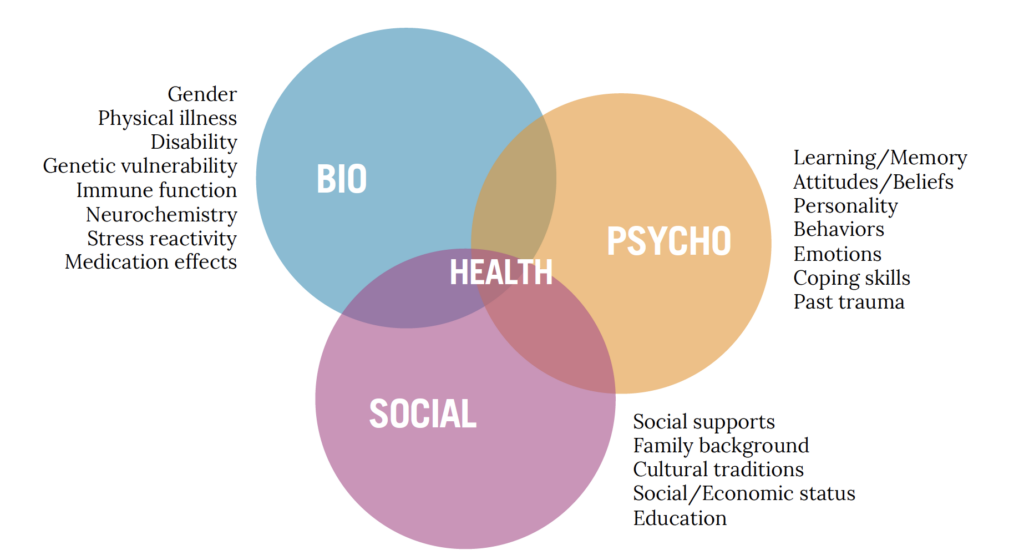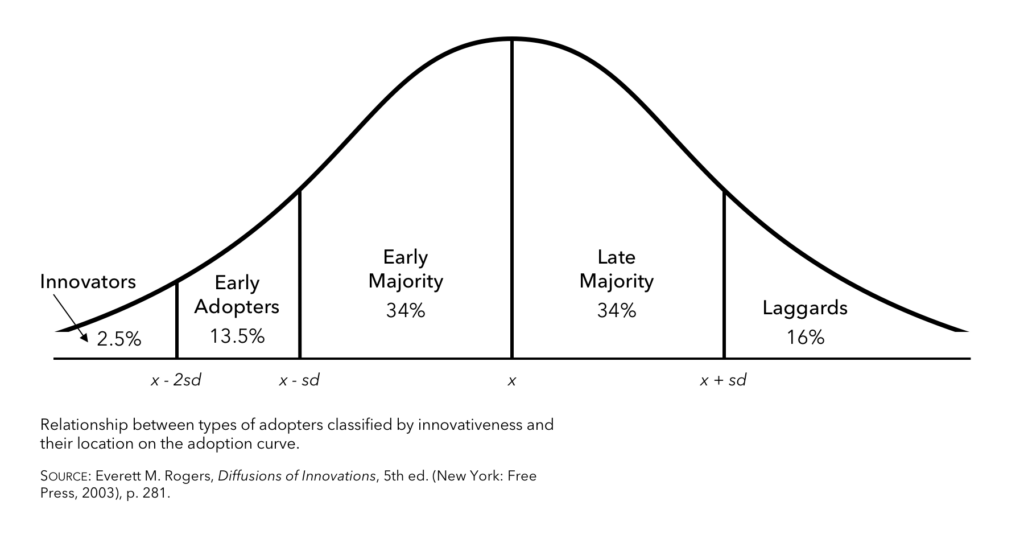The Biopsychosocial Model: A Framework for Patient-Centric Healthcare Marketing
Adopting a holistic and patient-centric approach to healthcare marketing, communications, and overall patient engagement has been trending in the healthcare industry for the past decade or so. Finally, the patient perspective is being tapped to improve health outcomes, and pharma is focusing on more than just the drugs themselves.
But even though the industry is waking up to the importance of the patient voice in this moment, the idea of caring for the whole human is not new at all. In fact, George Engel — a doctor, researcher, and writer most prominent in the 1960s and 70s — was advocating for holistic, human-centered care nearly 50 years ago.
So why don’t more healthcare marketing professionals cite George Engel? Or even know who he was? Why is patient-centricity popular right now, and what does it mean for healthcare marketers today?
George Engel: The Most Important Patient Advocate You May Have Never Heard Of
If you’re racking your brain trying to place George Engel, you’re not alone. Often, even the most well-educated, well-known public health professionals don’t recall learning about Engel. Despite his unfortunate lack of fame, Engel paved the way for more compassionate patient care with his Biopsychosocial Model of care.
Engel’s Biopsychosocial Model Champions a Holistic Patient View
Engel developed his Biopsychosocial Model around 1977. Illustrated below, it’s the first model of its kind to consider how biology, psychology, and socio-environmental factors interact to influence a patient’s illness journey. In the early to mid-20th century, doctors didn’t concern themselves with much more than the biomedical aspects of disease. Social, behavioral, and cultural dimensions of illness were all but ignored until Engel highlighted their relatedness and inseparability.

The Innovation Adoption Curve Explains Our Slow Uptake of a Patient-Centric Approach
The next logical question is, if Engel developed his Biopsychosocial Model all the way back in the 1970s, why is the healthcare industry just now catching on to patient-centricity and holistic care? Great question.
Everett Rogers’ theory of innovation adoption partially accounts for the delay. for those unfamiliar, the theory purports that the process of adopting or accepting a new product or idea is lengthy. It takes the shape of a classic bell curve, and there are five groups along this curve:

We don’t need to get into the weeds of this theory here. Just know that Engel is the innovator; he invented the Biopsychosocial Model. And because innovations are seen as risky by nature of their newness, society waits for other adopters to support innovations — new products, ideas, and technologies — before there’s widespread acceptance. It follows that, even though it’s been nearly 50 years, healthcare marketers and patient advocates are just now crossing that chasm between early adopters and the early majority.
The good news? As more and more healthcare industry players strive to understand the whole patient, we’re armed with more and more evidence of the efficacy of Engel’s innovation. The idea of patient-focused care becomes less intimidating, and, as we’re witnessing, adoption rate increases.
3 Recent Pieces of Healthcare Legislation That Have Ignited a Renewed Interest in Patient Understanding and Patient Centeredness
The Prescription Drug User Fee Act (PDUFA V)
The PDUFA was enacted in 1992 and reauthorized in 2012 as PDUFA V. Both the original law and the 2012 reauthorization sped up the delivery of life-saving medicines to patients. More specifically, the most recent reauthorization upgraded the benefit/risk assessments of new medicines and demanded inclusion of the patient voice in these drug review processes.
The 21st Century Cures Act
Passed in 2016, The 21st Century Cures Act emphasizes the need for patient engagement and offers a compelling case for the value of patient insights in the drug development and review process. Add this to PDUFA V and you’ve set the stage for patients to have a greater say in how pharmaceuticals are developed and marketed to them.
The Affordable Care Act
This discussion wouldn’t be complete without mention of the ACA, passed in 2010. The ACA certainly fell short in affecting wide-sweeping innovation or change, but it did facilitate two important steps toward a system that champions more than complexity:
- Compelling transparency. The ACA has moved the entire healthcare industry to be more transparent. Consumers can now see deeper into the system, glimpsing procedure costs, insurance coverages, and direct costs for the first time.
- Monitoring patient quality. Under the ACA, healthcare providers are penalized if they don’t meet certain preset quality of care metrics. What’s more, these metrics are rooted in patient satisfaction scores.
Let’s be clear: The ACA is far from perfect. That said, these two steps hold healthcare companies more accountable than before. Now, healthcare companies must maintain some level of quality when it comes to patient care for fear of government retribution.
Tying it All Together: The Overarching Implications for the Future of Patient-Centric Healthcare Marketing
Between the innovation adoption curve theory and recent legislation, it almost makes sense that Engel’s groundbreaking ideas weren’t truly at the forefront until recently. Even now, his Biopsychosocial Model and its patient-first approach are only just beginning their ascent. After all, we’re transitioning on Rogers’ bell curve from early adopters to early majority, when a larger percentage of the healthcare industry will accept patient-first care as their norm.
To avoid being a laggard on the other side of that curve, you need to act now. It’s the perfect time for you to increase focus on the patient and consumers. As a first step toward a more patient-focused healthcare company, the next time you’re planning clinical trials or developing a healthcare marketing strategy, get in front of your patients. Begin to understand, from a qualitative perspective, their lived reality by asking them about their illness journeys. Let that reality authentically inform decision-making for your company and you will see amazing results.
In Closing: A Final Tribute to George Engel
Even though patient-centric approaches are on the rise, Engel himself remains underappreciated for his role in its beginnings. But without his Biopsychosocial Model, we likely still wouldn’t take the patient’s “whole person” into consideration. The entire healthcare industry can benefit from Engel’s knowledge, and it’s time we recognize his contribution toward meeting our newfound patient-centric healthcare marketing goals.
